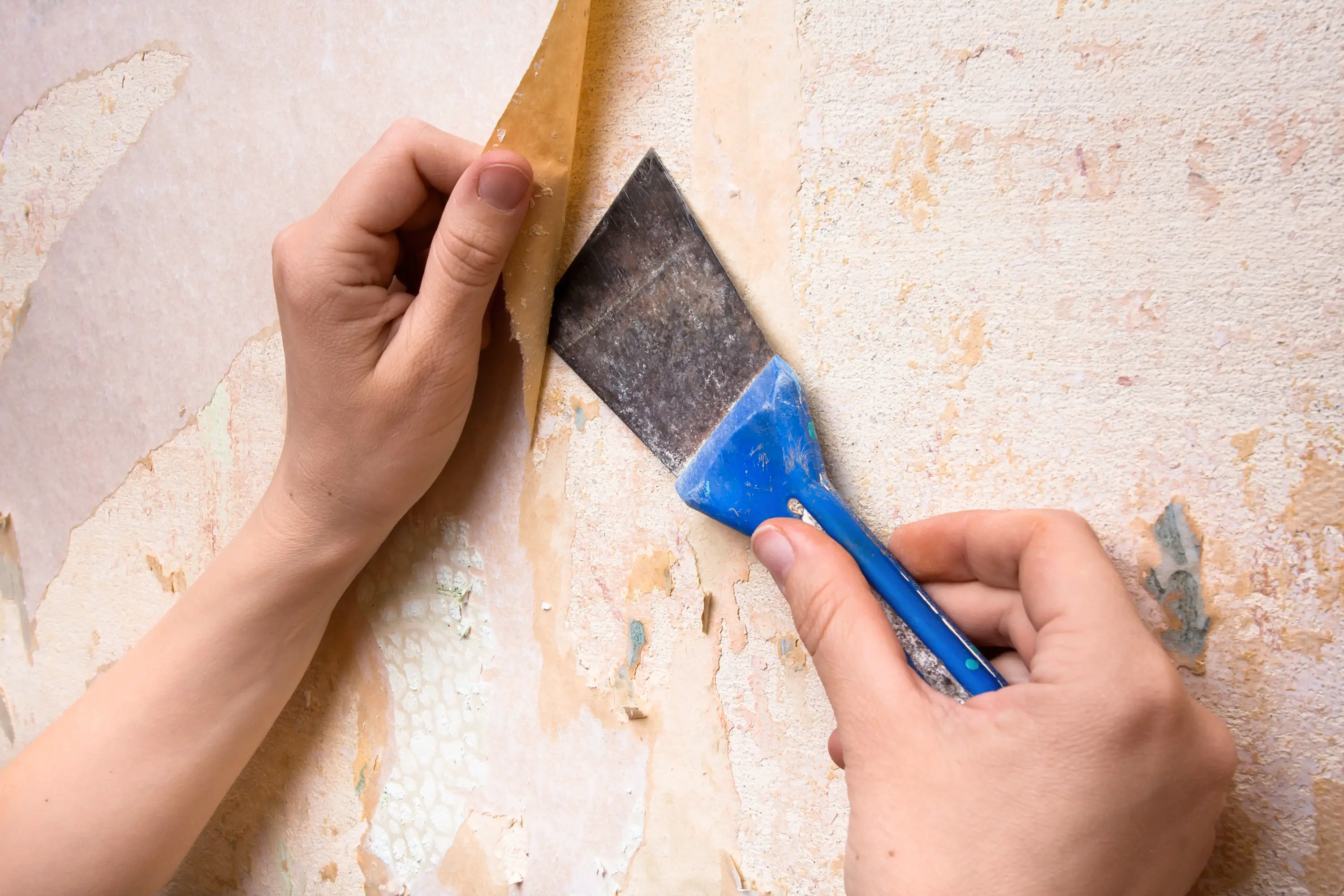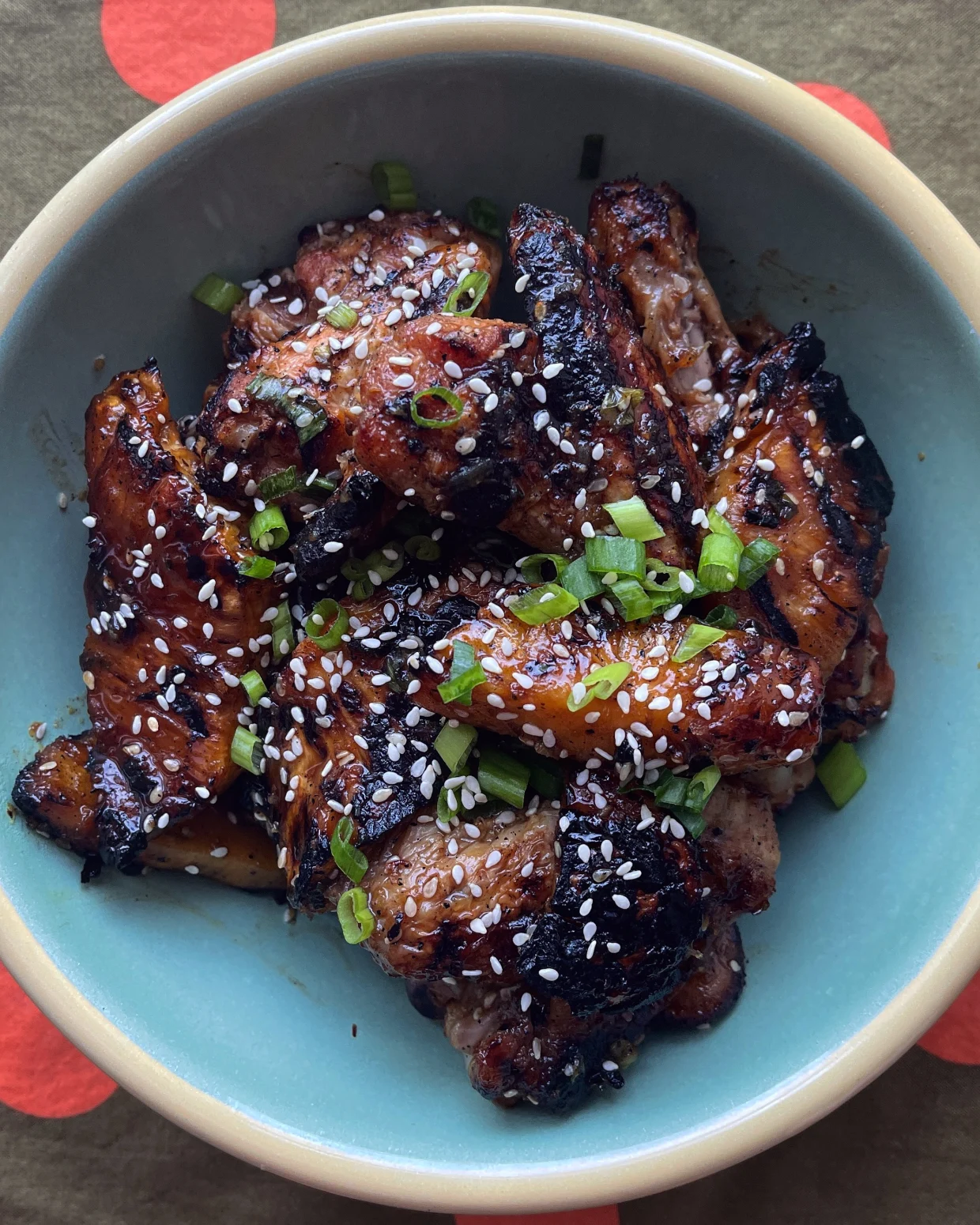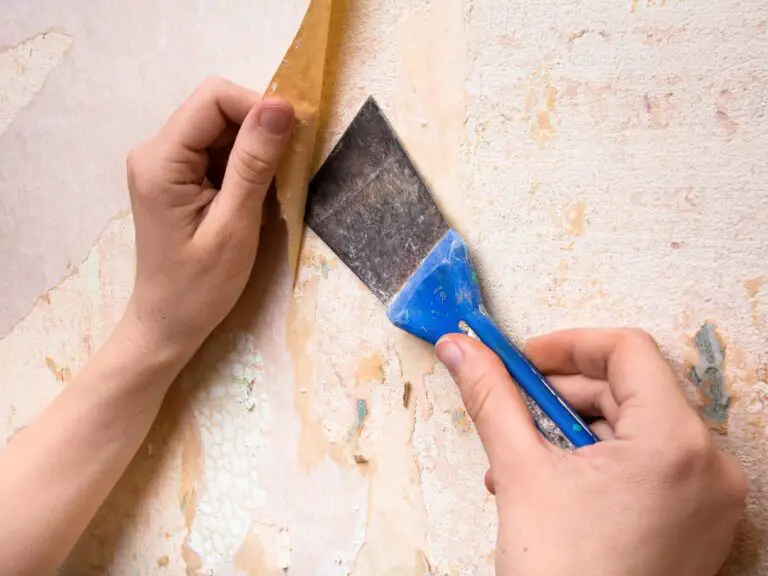Removing wallpaper border glue can be a tricky task. Fortunately, there are several methods you can use to make the process easier. To begin, you will need warm water and a sponge or cloth. Start by wetting the glued area with the warm water, and then wait a few minutes for the glue to soften. Once softened, you can begin to gently scrape away the glue with your sponge or cloth.
You may also find it helpful to use a wallpaper scraper or scraper blade to help remove the glue. If the glue is still not coming off, you can try using a wallpaper steamer to soften the glue and make it easier to remove. Simply turn the steamer on and hold it over the glue until it is soft. Then, you can scrape away the glue with a blade or cloth. If the glue is still proving difficult to remove, you may need to try using a commercial wallpaper adhesive remover. When using a commercial remover, it is important to read the instructions carefully and follow all safety precautions. Finally, once the glue has been removed, it is important to thoroughly clean the surface to prevent any residue. This can be done by wiping the area with a damp cloth and soap and water. With the right techniques and supplies, removing wallpaper border glue can be a fairly simple task. By following the above steps, you should be able to remove the glue without too much difficulty.
How to remove wallpaper glue with fabric softener

Removing wallpaper border glue can be a tricky task. However, fabric softener can be a great solution to get rid of it. Here’s how to remove wallpaper glue with fabric softener:
- Start by wetting the glue with water. Spray the glue with a hose or use a sponge to wet the glue with water.
- Mix one part fabric softener with four parts water in a spray bottle and shake it to mix the solution properly.
- Spray the solution onto the glue and let it soak for at least 10 minutes.
- Scrape the glue off using a plastic scraper or other suitable tool. You may need to give it several scrapes to remove all the glue.
- Rinse the area with clean water and allow it to dry completely. This should leave the area free of glue. Using fabric softener is an easy and effective way to quickly remove wallpaper border glue. With this method, you can have your walls back to looking great in no time.
Does fabric softener work for removing wallpaper?
Removing wallpaper border glue can be a challenging task. One method that may help make it a bit less difficult is using fabric softener. Fabric softener is a mild detergent, so it can help break down the adhesive properties of the glue. To use it, you’ll need to mix two tablespoons of fabric softener with a cup of warm water. Soak a cloth in the solution, and then blot it on the area with the glue.
Allow the fabric softener to sit for several minutes before blotting it off with a damp cloth. You may have to repeat the process several times before the glue is completely gone. After the glue is removed, you’ll need to use a wallpaper remover to get rid of the remaining wallpaper. Be sure to follow the instructions on the wallpaper remover product to ensure that it is used properly. In conclusion, fabric softener can help make removing wallpaper border glue easier, although it won’t remove the wallpaper itself. Always follow the instructions on the wallpaper remover product to ensure that it is used correctly.
What is the best homemade wallpaper remover?
Removing wallpaper borders can be a tricky task, but the best homemade wallpaper remover that you can use is to mix equal parts of warm water and white vinegar. This will create a powerful solution that can help you peel off the wallpaper border glue easily. Start by wetting the wallpaper border with the solution, and then let it sit for at least 15 minutes. This will give the solution time to soak in and loosen up the glue, making it easier to remove. After the solution has had time to soak in, use a razor blade to scrap off the glue.
Start at one corner of the wallpaper and slowly work your way around the border. If the glue is still proving resistant, try adding a bit more vinegar or warm water to the mixture. Once you’ve removed all the glue from the wall, wipe the area with a damp cloth to clean off any excess solution. Once the wall is dry, you can start replacing the wallpaper border. Using this homemade wallpaper remover is the best way to remove wallpaper border glue without damaging your walls. It’s a simple and effective solution that can help you save time and money.
Is fabric conditioner the same as fabric softener?
Fabric conditioner and fabric softener are not the same thing. Fabric conditioner is a laundry product used to soften clothing and make it smell pleasant. Fabric softener is a chemical used to remove wallpaper glue and other adhesives. When removing wallpaper border glue, fabric conditioner will not be effective. It is important to use a chemical specifically designed to break down the adhesive.
This may be a commercial wallpaper removal product or a homemade solution. When selecting a product, it is important to read the label carefully to make sure it is safe for use on your wall surface. Some wallpaper removal products are designed for a specific type of wall and may not work on other surfaces. It is also important to follow the instructions carefully when using any chemical to remove wallpaper glue. Most products require that the area be left to soak before scrubbing the glue away. They also often require protective gear such as gloves and a face mask when using the product. Remember, fabric conditioner and fabric softener are not the same thing! Fabric softener should be used to remove wallpaper border glue, not fabric conditioner. If you use the wrong product, it could damage the surfaces in your home.
What will dissolve wallpaper glue?
When removing wallpaper border glue, it is important to use the right tools to dissolve the glue. Many common household items, such as hot water, vinegar and fabric softener, can be used to dissolve wallpaper glue. Hot water is one of the most effective methods, as it can help to soften the adhesive. Additionally, vinegar can also be used to loosen the glue. Fabric softener can also help to dissolve the adhesive, as it has mild solvent properties.
Moreover, there are special wallpaper removal solutions that can be purchased at home improvement stores, which are specifically designed to dissolve wallpaper glue. These solutions can be sprayed or painted on the wall and allowed to sit for several minutes before being wiped away. Ultimately, the right solvent will depend on the type of wallpaper glue you are using.
Sitepinterestcompin what dissolves wallpaper glue

Removing wallpaper border glue can be a difficult task, but it is not impossible. To remove wallpaper border glue, you must first dissolve it with a specific solvent. Sitepinterestcompin is a popular choice for dissolving wallpaper glue, as it contains chemicals that break down the adhesive. To use Sitepinterestcompin to dissolve wallpaper glue, you will need to mix two parts of the solution with one part of water. Then, you will need to apply the mixture to the wallpaper border glue carefully, taking care to avoid contact with any painted walls.
Once the Sitepinterestcompin has been applied, you will need to wait for the glue to dissolve. This can take anywhere from several minutes to an hour, depending on the age and type of glue. If you wait too long, the glue may become difficult to remove. After the glue has dissolved, you can use a putty knife or scraper to gently remove the wallpaper border glue from the wall. If you have painted walls, you may need to use a damp cloth to remove any residue. Once the glue has been completely removed, you can use a vacuum cleaner to clean up any remaining debris. With the right tools and the right solvent, removing wallpaper border glue can be made much easier. Sitepinterestcompin is an effective and safe solvent for removing glue, making it a great choice for home improvement projects.
How to remove wallpaper glue from carpet?
Removing wallpaper border glue from carpet can be a tricky task. The first step is to carefully scrape away as much of the glue as possible using a spoon or a putty knife. Then you want to make a solution of warm water and liquid dish soap, mix it together until it is foamy. Use a soft cloth or sponge to apply the soapy solution to the sticky area, let it sit for about 15 minutes. After that, use a clean rag or sponge to gently scrub the area and rinse it with warm water. Finally, use a carpet cleaner according to the directions on the package to help remove any remaining residue.
How to remove glue residue with vinegar?
Removing wallpaper border glue can be a challenge. To get started, you will need some vinegar. Begin by lightly spraying the glue area with the vinegar, making sure the glue is completely covered. Let the vinegar sit for a few minutes in order to give it time to penetrate the glue. Once the vinegar has had some time to soak into the glue, use a soft cloth to dab the area.
This will help to break up the glue residue. Continue to dab at the area until the glue has been completely removed. If you find that you are having difficulty removing the glue residue, try using a small amount of liquid soap. Apply the soap to the affected area and gently rub it in. After a few minutes, you should be able to remove the glue. If there is still glue residue left behind, you may need to try a stronger method. Try using a stronger solvent or a combination of solvents. This should help to break down the glue and make it easier to remove. Using vinegar is a simple, safe and effective way to remove wallpaper border glue. Just be sure to follow the steps carefully and take all of the necessary safety precautions. With a little patience and the right techniques, you should be able to remove the glue residue with ease.
What is the best way to remove wallpaper paste from concrete?
Removing wallpaper border glue from concrete can be a tricky task, but with the right approach, it can be done quickly and easily. The best way to remove wallpaper paste from concrete is to use a wallpaper remover solution. These solutions typically contain a degreaser that helps to break down the adhesive and make it easier to remove. You can find these solutions at most home improvement stores. Once you have your wallpaper remover solution, apply it to the adhesive using a cloth or sponge.
Work in small sections and use a gentle scrubbing motion to ensure that all of the adhesive is removed. If the wallpaper remover solution isn’t working, you can try using a wallpaper steamer. These are available for rent or purchase at most home improvement stores. Heated steam removes the adhesive more quickly and easily than using a solution. Once the adhesive has been removed, you should also use a cleaning solution to remove any remaining residue. Try using a mild detergent and warm water solution to complete the job. After the adhesive and residue have been removed, you should allow the concrete to dry completely before applying a new wallpaper border. This will ensure that the new border adheres properly and lasts longer.
How do you get rid of wallpaper that won’t come off?
Removing wallpaper border glue can be a difficult task. It is important to ensure that all of the glue is removed in order to properly prepare the wall for new wallpaper. The best way to get rid of wallpaper that won’t come off is to use a wallpaper steamer. A wallpaper steamer heats up the glue, making it easier to remove the wallpaper. Make sure to use caution with the steamer, as the surface it is being used on could get too hot and cause damage.
After the wallpaper has been steamed, it should be easy to peel off. It is important to use a putty knife or scraper to help remove the wallpaper and make sure all of the glue is gone. If the glue is still not coming off, a wallpaper remover solution can be used. This can be sprayed onto the wallpaper and left to soak for a few minutes before being scraped off. It is important to ensure that all of the glue is removed before painting or wallpapering over the surface. In summary, the best way to get rid of wallpaper that won’t come off is to use a wallpaper steamer. If the wallpaper is still not coming off, a wallpaper remover solution can also be used. It is important to use both methods with caution, as they could cause damage to the surface.
